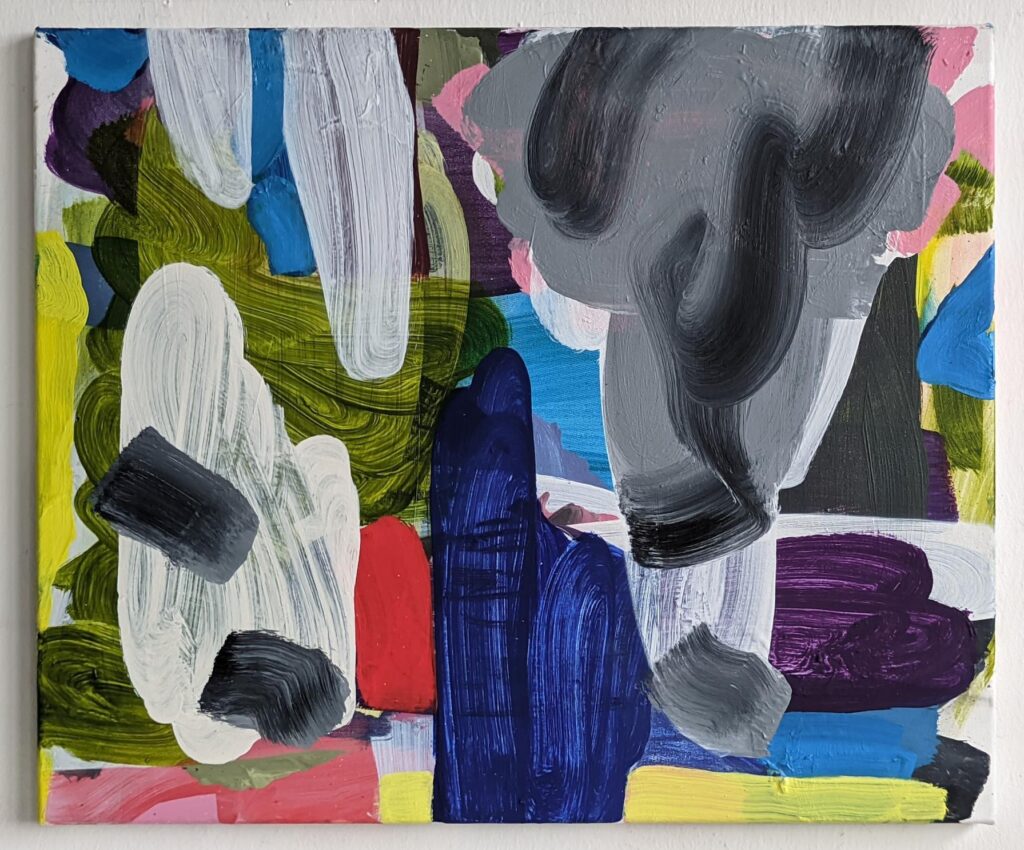
In 1821 and 1822, Constable studied clouds and the sky intensively, mainly over Hampstead Heath, north of London. He often inscribed the date, time of day, wind direction and general weather conditions on the back of the painting, indicating an interest in meteorology. In this instance, the inscription on the back includes the time of day ’11 o’clock’ and ‘noon,’ suggesting Constable painted this in an hour. Capturing the changeability of clouds as they drifted above him was a challenging exercise. Constable’s lively brushwork, colour tones and understanding of the structure and movement of clouds made him adept at expressing mood in landscape painting.
Until the 1800s, there was no consistent way of describing and categorising clouds. Ever-changing forms, they were described in poetic terms rather than scientifically classified into different types.
All this changed in 1802 when Luke Howard proposed a classification of clouds. In his Essay on the Modification of Clouds (published in 1803), Howard distinguished three main cloud “modifications”, or structures, to which he gave Latin names: The cirrus, for “curl of hair”, The cumulus meaning “heap”, And the stratus, for “layer”

a person who makes a journey, often a long and difficult one, to a special place for religious reasons